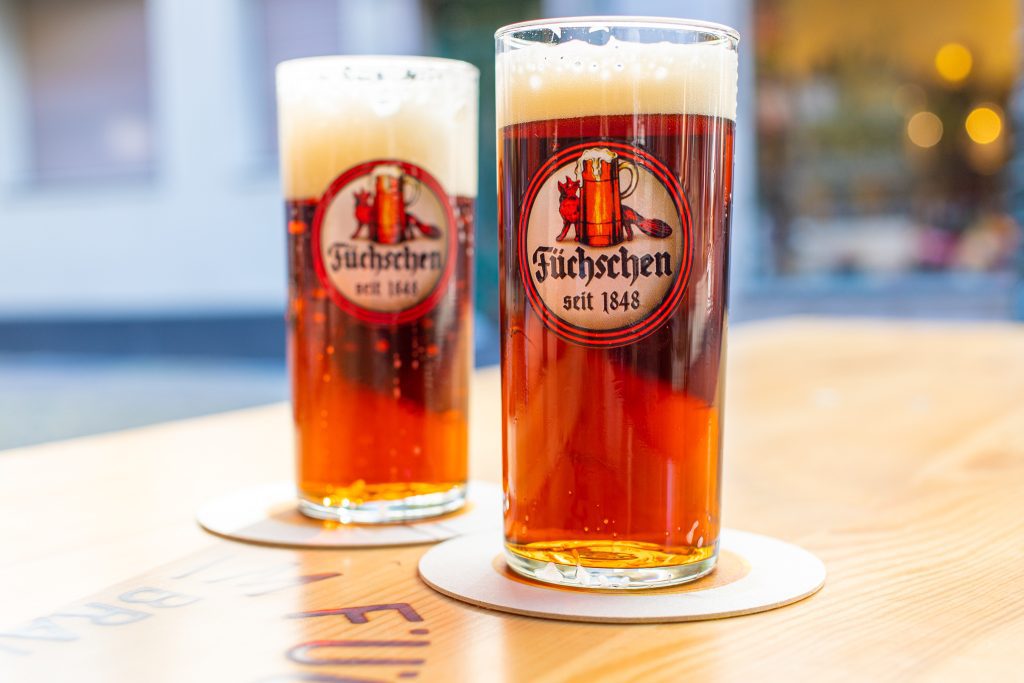
Altbier is a traditional German ale that has been brewed for centuries, boasting a unique combination of malt-forward flavors and a crisp, refreshing finish. Originating in the Düsseldorf region of Germany, Altbier is known for its balanced taste, which combines the richness of malt with a subtle hop bitterness. In this article, we will explore the origins, brewing process, taste profile, and popularity of Altbier, as well as its place in the world of craft beer.
Altbier is made using top-fermentation, a process where yeast rises to the top of the beer during fermentation. This type of fermentation is slower and occurs at warmer temperatures compared to lager beers. The use of top-fermenting yeast gives Altbier its distinct fruity and complex flavors, though it is still remarkably clean and crisp.
To create the right flavor profile, brewers typically use a blend of noble hops, such as Tettnang and Spalt, which impart a mild bitterness. The malt backbone of Altbier is composed of a mix of Munich and Pilsner malts, giving the beer a rich, malty character that is balanced with a touch of sweetness. Altbier also undergoes an additional maturation phase at cold temperatures, a process known as “lagering,” which enhances the beer’s smoothness and drinkability.
Altbier offers a well-balanced flavor profile that combines the malt-forward richness of an ale with the smoothness and clarity of a lager. On the nose, Altbier typically exhibits aromas of toasted bread, caramel, and light herbal hops. The taste is medium-bodied with a slightly sweet malt character that is often described as biscuity or nutty.
The malt flavors are complemented by a mild bitterness from the hops, which helps to balance the sweetness and prevent the beer from becoming overly heavy. The finish is dry, clean, and refreshing, making Altbier an ideal choice for both casual drinking and food pairings.
Altbier in the World of Craft Beer
While Altbier is a traditional German beer, its influence has extended beyond Germany and into the craft beer movement. As craft brewers experiment with new styles and techniques, Altbier has experienced a resurgence in popularity, especially in the United States. Many craft breweries in cities like Portland, Oregon, and Chicago have started brewing their own versions of Altbier, giving it a modern twist while honoring its classic brewing methods.
Craft brewers are now experimenting with different hop varieties, yeast strains, and malts to create unique versions of Altbier. While traditional Altbier focuses on a malt-forward profile with a mild hop bitterness, contemporary takes on the style may feature bolder hop flavors, more pronounced fruitiness, or even barrel-aging techniques. These innovations have helped introduce Altbier to a new generation of beer drinkers who may not have been exposed to this style otherwise.
Altbier is like the best of both worlds in a glass rich, malty depth meets a crisp, refreshing finish, blending centuries of German tradition with modern craft beer creativity.
slotqrisresmi.com
Looks interesting, but honestly, I’m more into lighter beers; this one sounds a bit too heavy for my taste.
slotthailandterpercaya.com
Wow, this sounds fancy, but can we actually find it in local stores, or is it just in Germany?
slotmaxwinterpercaya.com
Yo, this Altbier sounds like the perfect chill drink smooth, malty, and just a lil’ hoppy vibe! https://deltrassidoarjo.com
comeback in the craft beer scene, with brewers adding their own spin while staying true to its traditional roots. https://ibukotaikn.com/